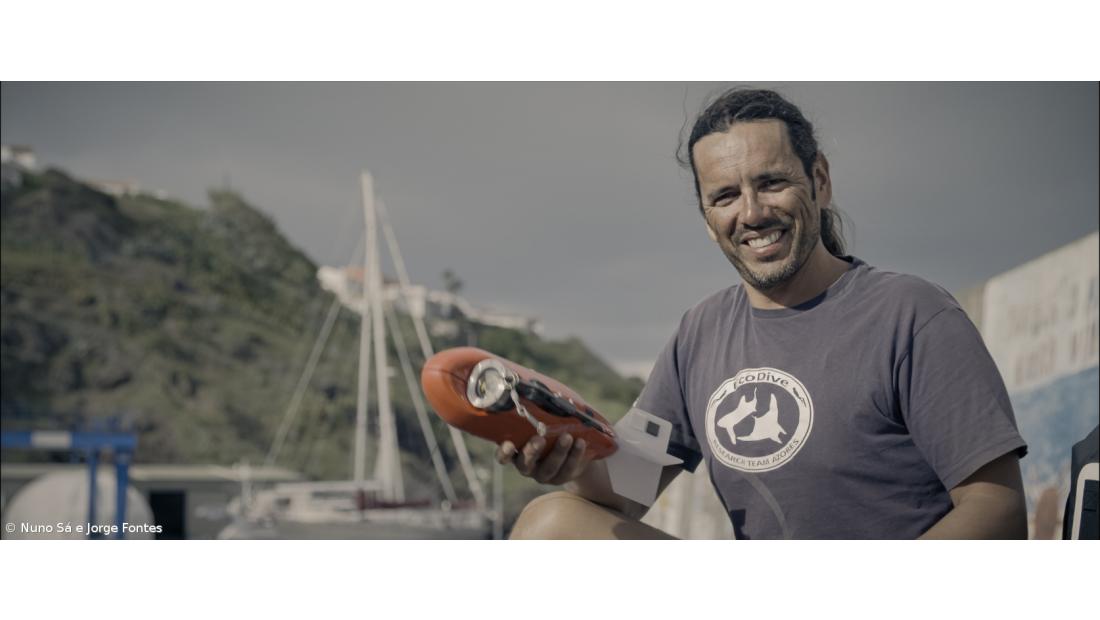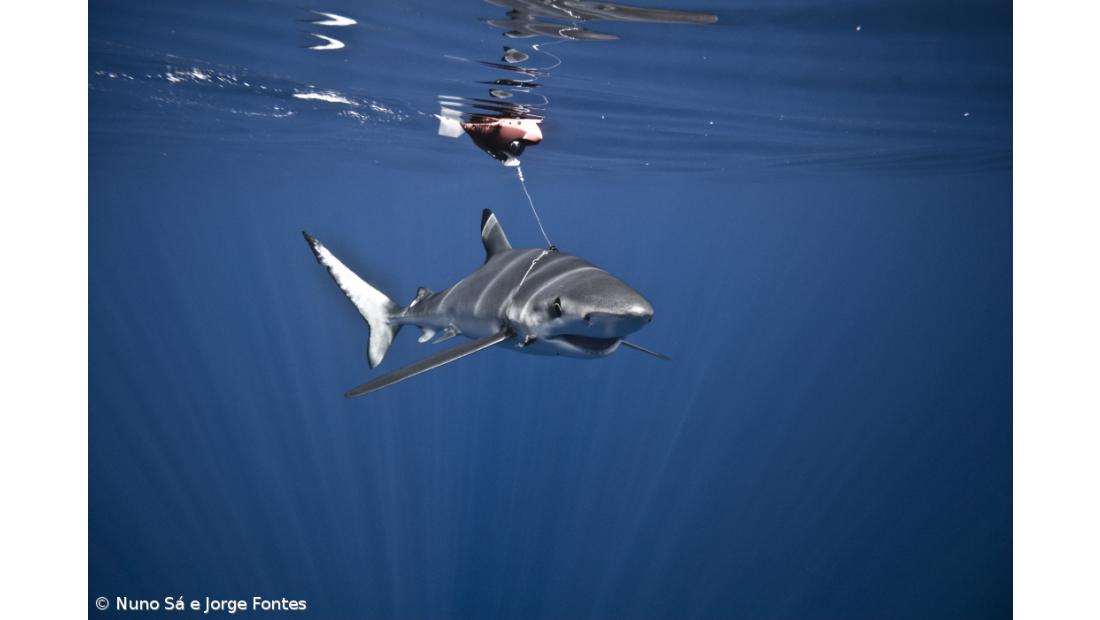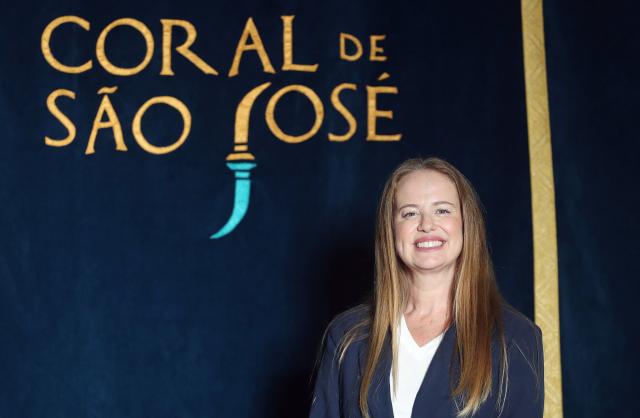The secret life of sharks and manta rays is being unraveled by monitoring technologies used by researchers from Okeanos at the University of the Azores.
By collecting data through a set of sensors that are placed on these marine animals using non-invasive methodologies, researchers have been discovering more information about their behaviors, favorite habitats and even the difficulties they face.
"The main objective is to collect relevant information to better understand these animals in order to contribute to their conservation. Also, with this technique we found that there are no changes in behavior immediately after marking, which allows us to measure behavior immediately and in habitats that we suspect are important, such as Princesa Alice and Baixa do Ambrósio", explained Jorge Fontes.
As stated by the Okeanos researcher to Açoriano Oriental, in the case of blue sharks, this technique “allowed us to know what happens when the diving activity ends, that is, when the lure is removed from the water. In preliminary terms, we are verifying that when an activity ends the animals return to their natural habitat, which is the open ocean, the seamounts and the deeper areas of the slopes of the islands. Therefore we did not notice a relevant change in these animals’ behavior due to the fact that there was diving in these areas", he revealed.
In the case of manta rays, it was possible to measure relevant behaviors in aggregation areas that are important for these animals, which migrate thousands of kilometers every year.
"We found that not all the manta rays we tag are residents, which is good news, because we know that they use other habitats while in the Region. This means that the possible impact of human activity is diluted", he stressed.
With these sensors, it was also possible to collect data that will allow us to understand how temperature changes in the oceans or the destruction of habitats can influence these animals. More recently, the use of a new sensor developed in partnership with CEIIA - Center for Engineering and Development, within the scope of the European project Nautilos H2020, has made it possible to record variables in the ocean water column, namely dissolved oxygen.
"This is a fundamental parameter because these animals take oxygen from the water column and have high oxygen needs, as they are large predators," he said, explaining that, since the reduction of dissolved oxygen is one of the consequences of the increase in seawater temperature, it is important to monitor what is happening in different locations.
Some of these monitoring devices also include cameras, providing a new way of getting to know these animals. "In addition to all the value that this information brings, from the point of view of management, conservation and understanding of changes in the oceans, it has a very important value from the point of view of disseminating, to the community in general, absolutely fantastic aspects, and some unprecedented, of the life of these animals, which have a great importance in terms of awareness, because nobody will protect and love what they do not know", he highlighted.
Regarding funding, “it is extremely competitive, so only the best proposals get it. But people are also very important, so the predictability of funding is essential to maintain the teams", he added.









